August 23, 2016
US Millennials ‘martyred’ behaviour helps drive culture of presenteeism 0
 As the school holidays draw to a close, those Brits who’ve enjoyed their annual two-week holiday break will probably have squirreled away some days to take them through to the end of the year. Not so easy for the average US worker who earns on average just ten paid vacation days per annum, for each year of service. According to a survey carried out last year, many Americans even fail to take that allocated leave for fear of being seen as slacking. And now a new piece of research claims that far from breaking this tradition of presenteeism, US Millennial workers are the most likely generation to forfeit time off, even though they earn the least amount of vacation days. These findings, from Project: Time Off’s new report, The Work Martyr’s Cautionary Tale: How the Millennial Experience Will Define America’s Vacation Culture suggest that Millennials stay at work because they feel more fear and greater guilt about taking time away from the office than any other generation.
As the school holidays draw to a close, those Brits who’ve enjoyed their annual two-week holiday break will probably have squirreled away some days to take them through to the end of the year. Not so easy for the average US worker who earns on average just ten paid vacation days per annum, for each year of service. According to a survey carried out last year, many Americans even fail to take that allocated leave for fear of being seen as slacking. And now a new piece of research claims that far from breaking this tradition of presenteeism, US Millennial workers are the most likely generation to forfeit time off, even though they earn the least amount of vacation days. These findings, from Project: Time Off’s new report, The Work Martyr’s Cautionary Tale: How the Millennial Experience Will Define America’s Vacation Culture suggest that Millennials stay at work because they feel more fear and greater guilt about taking time away from the office than any other generation.


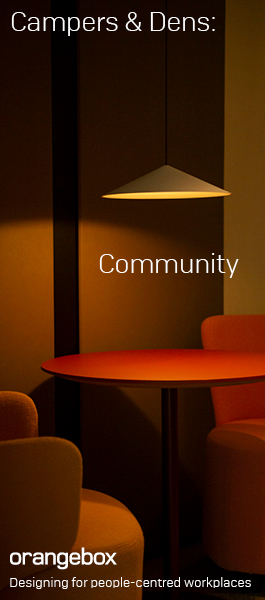





 A ‘stiff upper lip’ attitude towards wellness by UK bosses needs to change in order to advance employee wellbeing, argues a survey by Bupa. It is business leaders who are the key to overcoming the challenges facing employees’ health and wellbeing, it claims. The vast majority (94 percent) of those questioned believe there will be significant change in the employer-employee relationship in the next ten years. 91 percent of business leaders agree that technology will continue to impact the wellbeing of their workforce over the next decade and 71 percent agree the standard 9am-5pm working day is a thing of the past. Seven in ten (68 percent) noted a ‘stiff upper lip attitude’ at executive level, creating barriers to conversations about wellbeing, and three fifths (62 percent) of leaders think they need to show that they don’t suffer from ill health.
A ‘stiff upper lip’ attitude towards wellness by UK bosses needs to change in order to advance employee wellbeing, argues a survey by Bupa. It is business leaders who are the key to overcoming the challenges facing employees’ health and wellbeing, it claims. The vast majority (94 percent) of those questioned believe there will be significant change in the employer-employee relationship in the next ten years. 91 percent of business leaders agree that technology will continue to impact the wellbeing of their workforce over the next decade and 71 percent agree the standard 9am-5pm working day is a thing of the past. Seven in ten (68 percent) noted a ‘stiff upper lip attitude’ at executive level, creating barriers to conversations about wellbeing, and three fifths (62 percent) of leaders think they need to show that they don’t suffer from ill health.




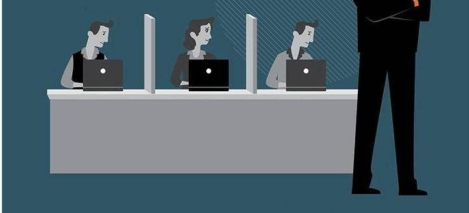

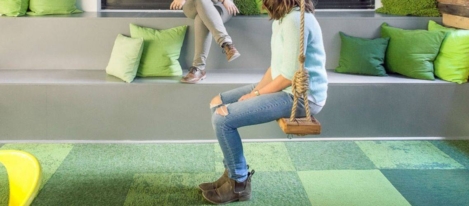




 The Government is being urged to reassess its plans to request an opt-out from the EU Working Time Directive, when it seeks to renegotiate the terms of the UK’s membership of the EU. The Directive stipulates a 48 hour working week, which the Government has argued is stifling competitiveness and flexibility. According to research by
The Government is being urged to reassess its plans to request an opt-out from the EU Working Time Directive, when it seeks to renegotiate the terms of the UK’s membership of the EU. The Directive stipulates a 48 hour working week, which the Government has argued is stifling competitiveness and flexibility. According to research by 

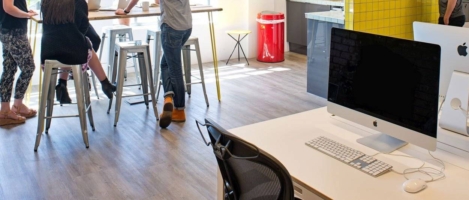


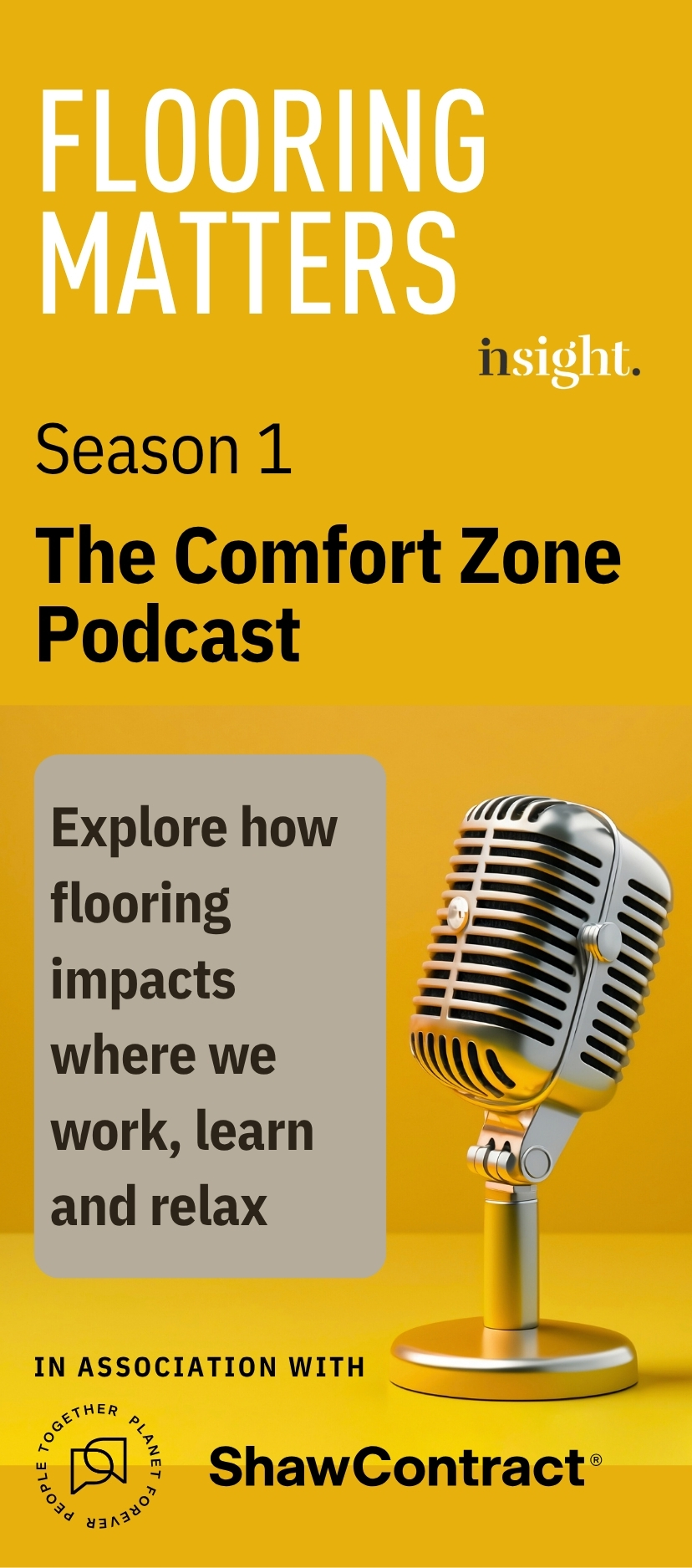







August 31, 2016
Addressing the five negative influences on organisational culture 0
by Matias Rodsevich • Comment, Flexible working, Knowledge, Workplace
(more…)